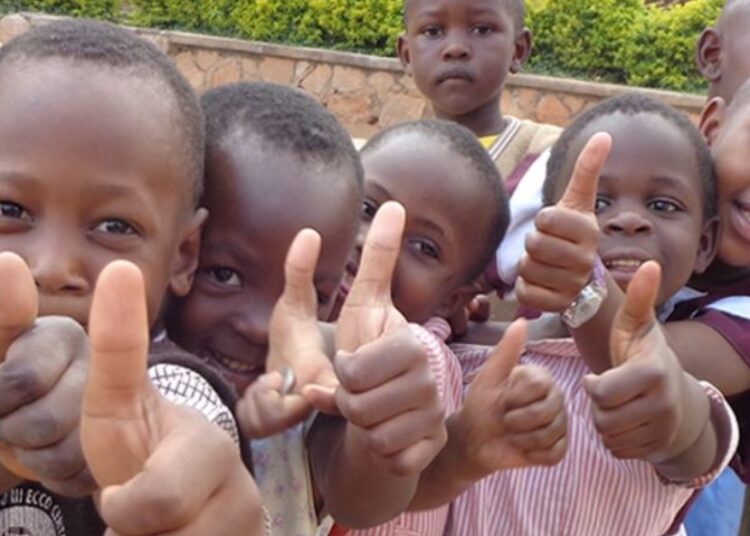Globally, only half (52 per cent) of children living with HIV are on life-saving treatment, far behind adults where three quarters (76 per cent) are receiving antiretroviral, according to the data that has just been released in the UNAIDS Global AIDS Update 2022.
Concerned by the stalling of progress for children, and the widening gap between children and adults, UNAIDS, UNICEF, WHO and partners have brought together a global alliance to ensure that no child living with HIV is denied treatment by the end of the decade and to prevent new infant HIV infections.
The new Global Alliance for Ending AIDS in Children by 2030 was announced by leading figures at the International AIDS Conference taking place in Montreal, Canada.
In addition to the United Nations agencies, the alliance includes civil society movements, including the Global Network of People living with HIV, national governments in the most affected countries, and international partners, including PEPFAR and the Global Fund. Twelve countries have joined the alliance in the first phase: Angola, Cameroon, Côte d’Ivoire, The Democratic Republic of the Congo (DRC), Kenya, Mozambique, Nigeria, South Africa, Tanzania, Uganda, Zambia, and Zimbabwe.
Consultations by the alliance have identified four pillars for collective action:
Closing the treatment gap for pregnant and breastfeeding adolescent girls and women living with HIV and optimising continuity of treatment; Preventing and detecting new HIV infections among pregnant and breastfeeding adolescent girls and women; Accessible testing, optimised treatment, and comprehensive care for infants, children, and adolescents exposed to and living with HIV; addressing rights, gender equality, and the social and structural barriers that hinder access to services.
The alliance will run for the next eight years until 2030, aiming to fix one of the most glaring disparities in the AIDS response.
Alliance members are united in the assessment that the challenge is surmountable through partnership.
“Despite progress to reduce vertical transmission, increase testing and treatment, and expand access to information, children around the world are still far less likely than adults to have access to HIV prevention, care, and treatment services,” said UNICEF Executive Director Catherine Russell.
“The launch of the Global Alliance to End AIDS in Children is an important step forward – and UNICEF is committed to working alongside all of our partners to achieve an AIDS-free future,” she added.






Discussion about this post